Teaching the next generation about the importance of clear air and the science behind air quality can be difficult without the right tools and resources, so we’ve compiled a list of activities, reading materials, games and experiments that parents can download for free. Kids of all ages can get involved, and even the littlest of feet can make little steps on our way to clearer air!
![]() Little Steps Big Impact
Little Steps Big Impact
Of course, there’s our own activity guide with fun crossword puzzles, Mad Libs, word matches and more — all about air quality!
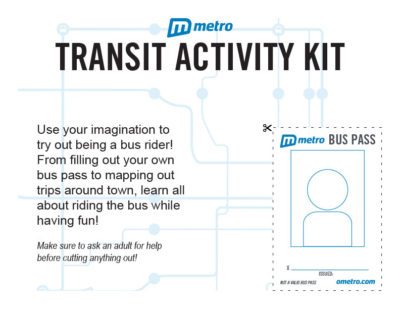 Metro Transit
Metro Transit
This activity kit can entertain a mix of ages, but may be best for kids under the age of 10. Kids can make their own bus pass, design a bus, try their hands at trip planning in Omaha, help buses through a maze and find words in a word search.
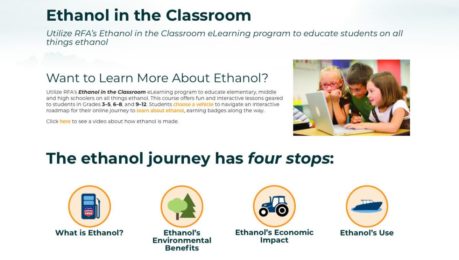 Nebraska Ethanol Board
Nebraska Ethanol Board
In 2018, the Renewable Fuels Association developed “Ethanol in the Classroom,” an activity that can be geared to students in grades 3–5, 6–8, and 9–12. Students choose a vehicle to navigate an interactive roadmap for their online journey to learn about ethanol, earning badges along the way.
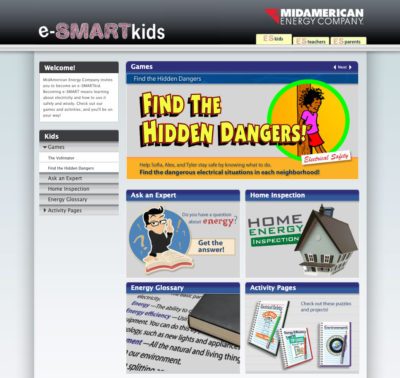 MidAmerican Energy
MidAmerican Energy
Their ‘eSMARTkids’ microsite features games and activities for kids of all ages, teaching them about electricity and how to use it safely and wisely.
 EPA
EPA
The picture book “Why is Coco Orange” introduces the Air Quality Index (AQI) colors to young students, teaches them what the different colors mean, helps them recognize health symptoms and tells them what actions to take when air quality is bad.
Buster Butterfly shows children in this interactive game that when the air is clean, it’s good to play outside; when the air quality is poor, you should stay inside to play.
Play the “Are you breathing clean air?” game show!
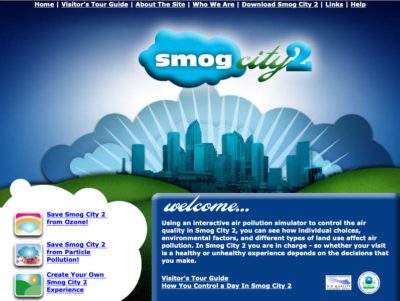 For kids 11 and up
For kids 11 and up
Play “Smog City 2” – an interactive air pollution simulator. See how individual choices, environmental factors and land use contribute to air pollution, which can cause health effects such as coughing, difficulty breathing and chest pain. In Smog City 2 you are in charge – so whether your visit is a healthy or unhealthy experience depends on the decisions that you make.
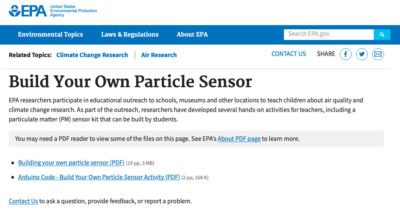 And for high schoolers, they can build their own particle pollution sensor using these blueprints, parts shopping list and assembly instructions from the EPA! They’ll learn the basics about both electronics and air pollution. Approximate cost of components is estimated at $50-60, and assembly time is roughly one hour.
And for high schoolers, they can build their own particle pollution sensor using these blueprints, parts shopping list and assembly instructions from the EPA! They’ll learn the basics about both electronics and air pollution. Approximate cost of components is estimated at $50-60, and assembly time is roughly one hour.
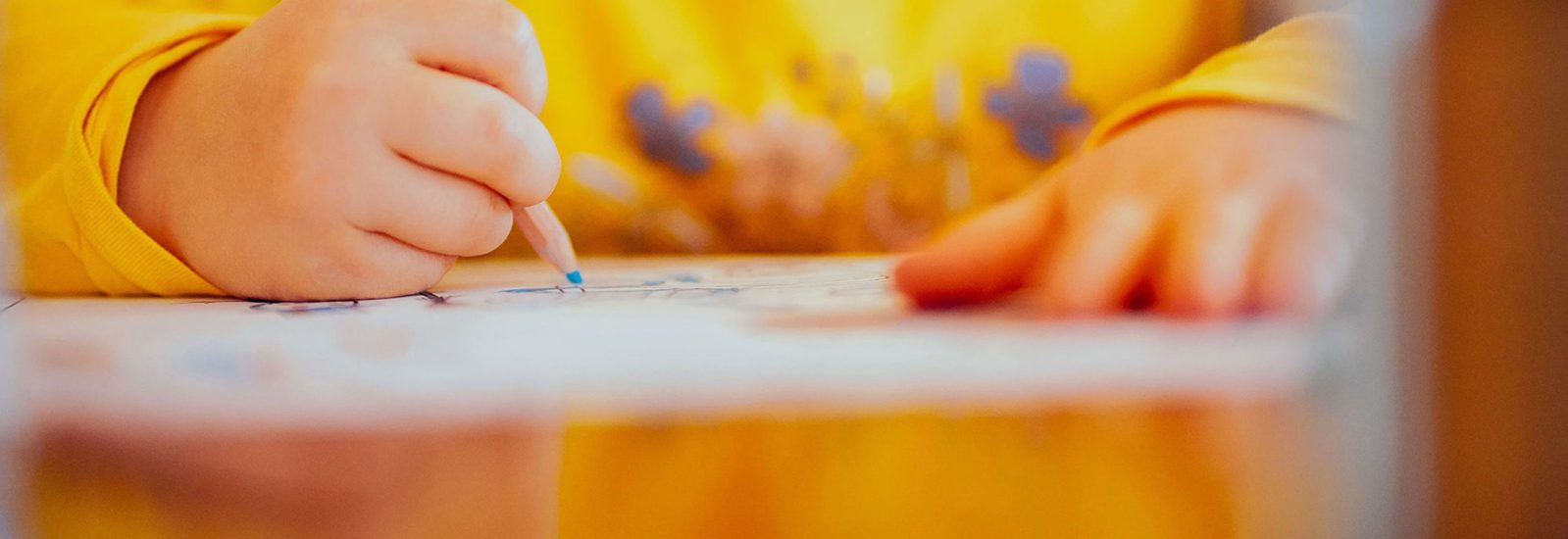
 Little Steps Big Impact
Little Steps Big Impact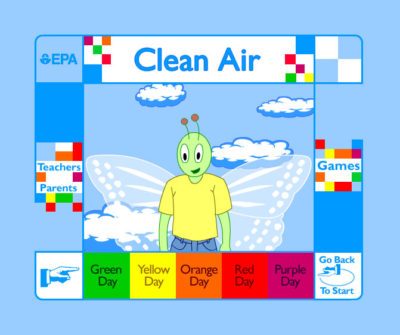 For kids ages 5-6
For kids ages 5-6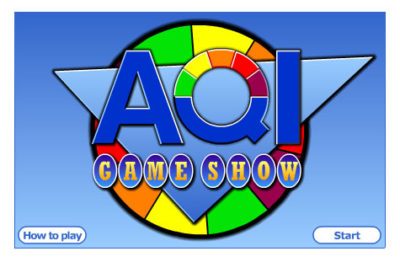 For kids ages 7-10
For kids ages 7-10